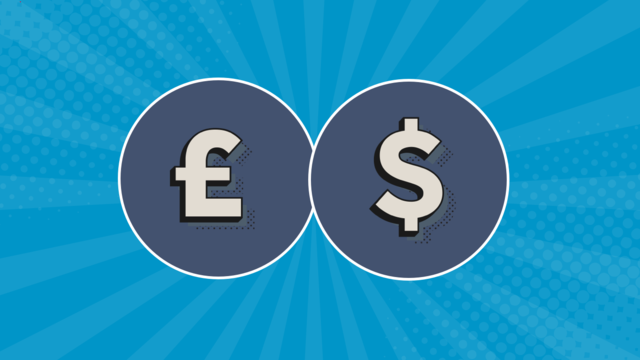One of the most commonly asked questions to the Tes Author Team is about pricing. With every resource being unique, there is no magic answer of what a resource is worth. Ultimately, a product is “worth” what a buyer is willing to pay for it - and that changes based on the buyer.
Whether you are picking a price for new content or reflecting upon existing prices, here is a quick guide to thinking through the numbers you select.
Picking a starting price
Make a call on whether you want to do top-down pricing or bottom-up pricing. Top-down pricing looks at what the resource cost you to produce (such as buying images) before setting a price, while bottom-up pricing considers what profit you would like to make and works back from there. However, it’s worth remembering that unlike physical products, digital resources can be sold multiple times without additional outlay costs for you. Therefore, you should consider covering costs or achieving the desired profit across multiple sales rather than in one hit.
It’s worth spending time looking at the resources in your topic area from a buyer’s perspective and considering your competition. Try out a variety of keyword searches a teacher might use if they were looking for a resource like yours. Pricing often varies based on subject, topic or subtopic in the resource, as well as the amount of competition. Take a closer look at what results appear, not just your own. Does your resource seem overpriced or too cheap?
Do remember that resources priced under £3/$3 are subject to a transaction fee of 20p/20c.
Adjusting your prices
Pricing is not a decision that you make once - you should be regularly reviewing your pricing, particularly when a resource hasn’t sold.
The easiest way to be flexible about your pricing is to put certain resources on sale. It is a great way to test the waters of a lower price and see if you get more sales. The sales tools give you the flexibility to put one, a handful or all of your resources on sale. Find out more about running a sale here.
It is important to think about the difference between single resource prices and bundle prices. Many sellers offer bundled content for a significant discount, compared to selling an individual resource. It’s a great way of helping buyers to feel that they are getting “value for money” and bundle sales are on the rise year-on-year. Find out more about creating bundles here.
Sometimes, pricing can be about making a resource free. Creating a “try before you buy” resource, for example giving one lesson for free out of a bigger scheme of work, can give potential buyers an opportunity to see a full piece of content, and getting to know your style of resource creation, before buying from you.
Armed with these tips, take some time to understand your market and competition, and remember that you can change your resource price at any time.
